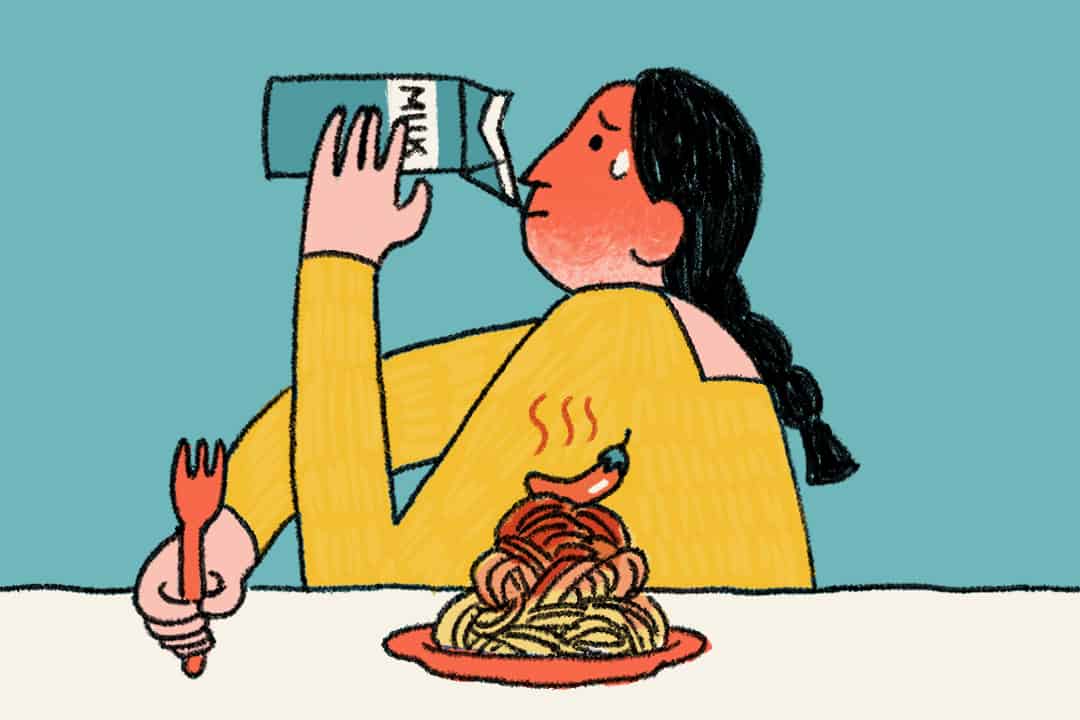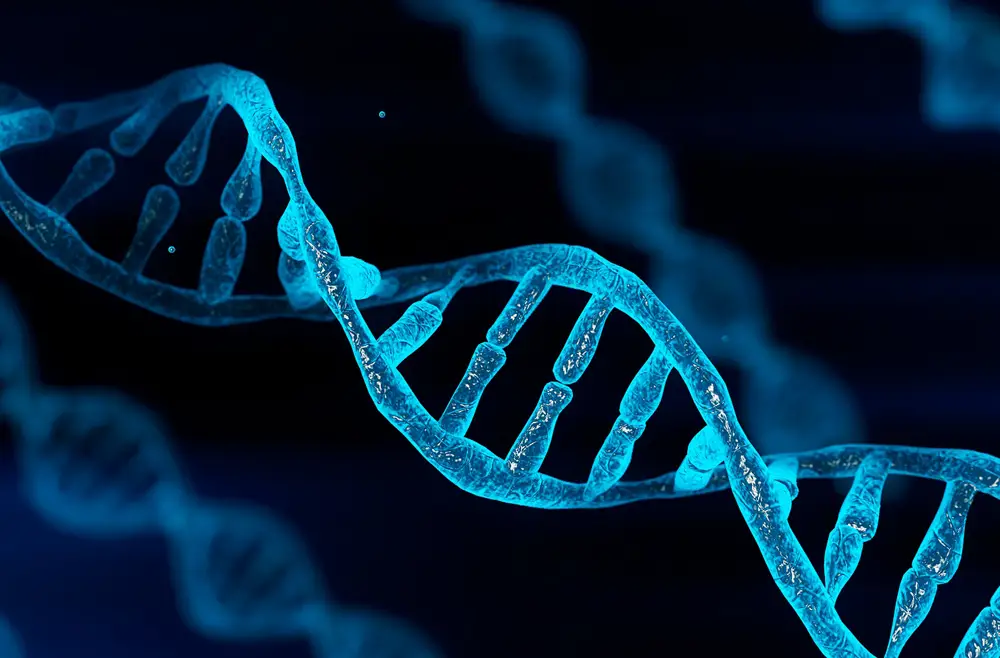
Sophia McCarthy
Operations Manager
One of the most common phrases you’ll hear when your baby arrives is the inevitable: “Oh my gosh! They’re the image of —” followed by a debate as to which side of the family or which parent they most resemble. Or how many times have you been told by an older relative or parent that: “Ah! You get that from your mother!” In today’s society—especially in Ireland—we love discussing genetics on a day-to-day basis, without even realising it!
What is genetics and how does it work?
Let’s get sciencey for a minute in order to understand what genetics actually is. Genetics is the study of genes and heredity (aka, the heritage passed down by our biological parents). Certain qualities or traits are passed down through generations through changes in DNA sequence (or Deoxyribonucleic acid, if we’re being very fancy). Your DNA is basically a corkscrew-shaped long molecule that contains instructions for the development and functions of an organism. Our DNA and genes are stored in chromosomes.
So what do these chromosomes do when your body is starting to form a baby? Well, we typically have 23 pairs of chromosomes in our cells. We inherit one chromosome in each pair from our mother and the other from our father. Following this pattern, reproductive cells—eggs and sperm—randomly receive one chromosome from each of the 23 sets instead of both. This means that the fertilised egg (your baby in its early stages) will contain the 23 pairs needed for typical development.
The most typical traits we inherit are the more obvious ones: facial features, eye colour, hair colour and texture, skin tone and blood group. But what are the other, more unusual traits that can be passed along?
The Coriander Gene

Yes, really! If you or your partner have an aversion to coriander because it just tastes like you’ve bitten into a bar of Dove soap, chances are your baby could also inherit this not-so-foodie-friendly sensory reaction.
This particular trait is due to a variation in a group of olfactory-receptor genes that cause you to strongly perceive the soapy-flavoured aldehydes in cilantro leaves. Interestingly, according to Britannica.com:
This genetic quirk is usually only found in a small percent of the population, though it varies geographically. Interestingly, places where cilantro is especially popular, such as Central America and India, have fewer people with these genes, which might explain how the herb was able to become such a mainstay in those regions.
Light Sneezes: Achoo Syndrome

Autosomal Dominant Compelling Helioopthalmic Outburst Syndrome (otherwise known by its amusing acronym, ACHOO). This is a genetic condition where a person will uncontrollably sneeze or report a prickling sensation in their nostrils when suddenly exposed to bright light. Those affected tend to keep a pair of sunglasses handy wherever they go, especially when driving! According to The National Library of Medicine: “ACHOO syndrome is inherited in an autosomal dominant manner (1). As such, if one parent is affected, their child has a 50% chance of inheriting the syndrome.”
Dominant hand

Did you know that your child’s dominant hand can also be influenced by genetics? While there is certainly a debate for nature versus nurture when it comes to being right-handed or a leftie, an article from the Royal Orthopaedic Hospital in Birmingham has shown an interesting correlation with parental genetics:
Although hand preference can be learnt, the genetic influence is surprisingly consistent. If two parents are right-handed, their offspring has a 10% chance of being left-handed. However, if one or both parents are left-handed, the chance of their child being left-handed becomes higher at 18 to 22% and 27%, respectively. (Jing SS.)
Tolerance for spicy food

Did you know that your tolerance for spicy foods can also be influenced by genetics? A 2012 scientific study compared the results of fraternal and identical twins’ reactions to spicy foods, and the results showed that 18-58% of one’s preference for spice comes from genetics! While your ability to handle spicy food can later be trained to tolerate higher schovilles, it’s amazing to see how much genetics actually factors into this!
If you would like more information on anything covered in this post, you can get in touch via info@theultrasoundsuite.ie or send us a message on our Facebook page and we will get back to you as soon as possible. Our website www.theultrasoundsuite.ie also provides a wealth of information on our various policies and procedures.
Resources and Further Reading
Britannica.com: Why Does Cilantro Taste Like Soap to Some People?
National Library of Medicine: Hand Dominance: Nature, Nurture, and Relevance for Hand Surgeons
National Institute of General Medical Sciences: Genetics
National Library of Medicine: ACHOO Syndrome
